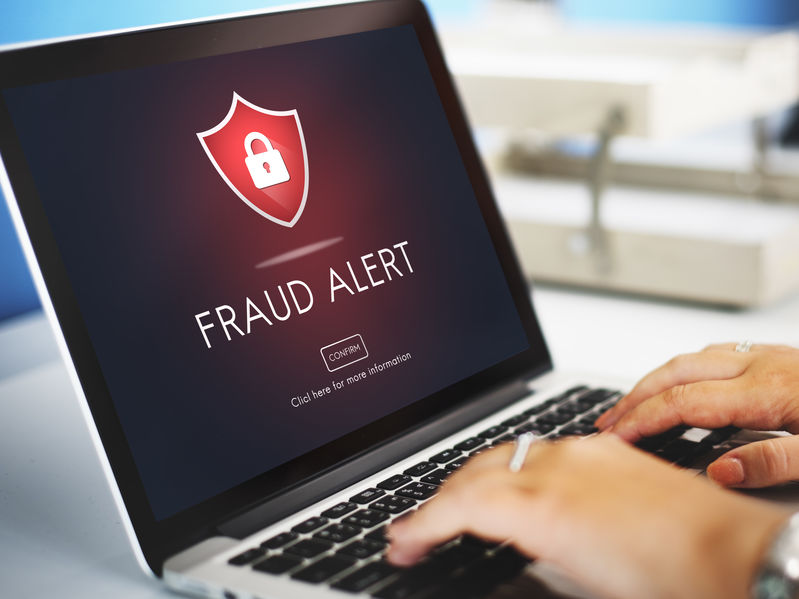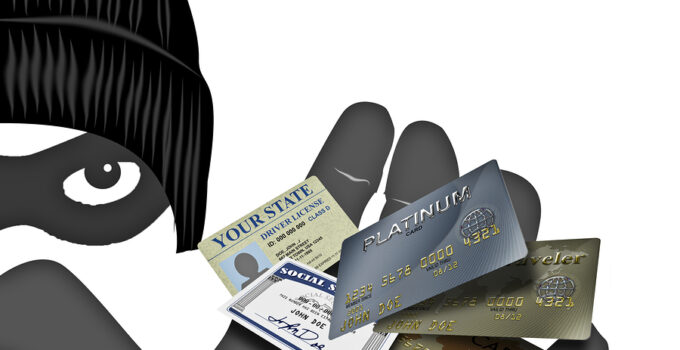When did you realize your credit was compromised? If you’re like most people, you didn’t notice right away. That’s because few fraudsters announce their plans to max out credit cards and open new accounts. They prefer to commit their crimes quietly, and the evidence they leave behind is easy to overlook.
But once you do notice something is wrong, you can’t wait for it to blow over. You need to tackle identity theft as soon as possible to lessen its effects on your finances.

source:financialadviser.com
Not sure where to start? Here’s a quick step-by-step guide to help undo fraud.
Page Contents
Step #1: Contact the Company with the Affected Account
If you spot an unexpected charge in one of your accounts, get in touch with the company right away. Let them know you think your account has been compromised.
They’ll redirect you to their fraud department and let you know what else you should do with this particular account. In many cases, they may freeze the account, so criminals can’t make any more fraudulent purchases.
Step #2: Check Your Report
Check your report as soon as you suspect there’s something wrong. You can get a free copy once a year from each of the major reporting agencies.
Review this report for any unusual activity or significant changes to your overall score.
Step #3: Place a Fraud Alert

source:aprfinder.com
If your most recent report shows unusual activity, contact the agency that generated the report. Let them know what’s wrong and ask to have a fraud alert placed on your file.
A fraud alert flags your file for fraud, making it harder for anyone to open new accounts under your name. Once in place, creditors must contact you over the phone whenever there’s a new application for credit in your name.
It’s free and it lasts for a year. After 12 months, you can get a new one or choose to let it lapse.
Once you have a fraud alert placed on your account, you won’t have to contact the remaining two major agencies. By law, the bureau you contact first must alert the other agencies.
Step #5: Visit IdentityTheft.gov
Your next stop online is the Federal Trade Commission’s identity theft web portal to register your identity theft. In most cases, this report will replace the need to contact the police.
Once you make a profile, you’ll receive a personalized identity theft recovery plan. It contains a simple list of things to do, making it easy to track your progress.
Step #6: Monitor Your Finances Regularly
You’ll want to make sure your fraudster isn’t continuing to use existing accounts, and the only way to do that is by keeping a close watch on your finances.
Monitor your bank account for any suspicious activity. You’ll also want to take advantage of your free access to your report throughout the year.
If you’ve already used up your three through the Annual Credit Report, make an account with these sites for another free check:
- Bankrate
- CreditKarma
- Credit Sesame
Step #7: Build Positive History

source:financialadviser.com
While you’re concentrating on undoing fraud, make sure you keep on top of your bills. This may keep your score from dipping any lower than it has.
Admittedly, this may be a tall order if the credit card you usually rely on has been frozen. Unlike an alert performed by an agency, individual companies can lock down your card for as long as three weeks.
So what are you to do when you face unexpected bills during those three weeks? You may consider getting an unsecured personal line of credit online. Online financial options like Credit Fresh may be an easy and fast option when you need help in an emergency.
If you have damaged credit, check out Credit Fresh today to see how an unsecured line of credit works. In many ways, they’re exactly like secured options — just without the collateral. You may even contribute positive payment history as long as you keep on top of your bills.
Keep Your Personal Information Safe
Recovering from identity theft isn’t always easy — even when you have a step-by-step guide to follow. It can take a lot of time and effort to get in touch with the right people and remove fraud from your file.
But it’s possible!
Once you get your finances back to normal, you’ll want to do everything you can to avoid becoming a victim for a second time. Store important documents like your SSN and passport carefully, and make sure you don’t share personal or financial information with anyone but trusted financial organizations.
Most importantly, check in with your finances often. Keeping a close eye on your statements and report will help you take action fast when something’s amiss.





